Person to Person: An interview with writer and director Dustin Guy Defa
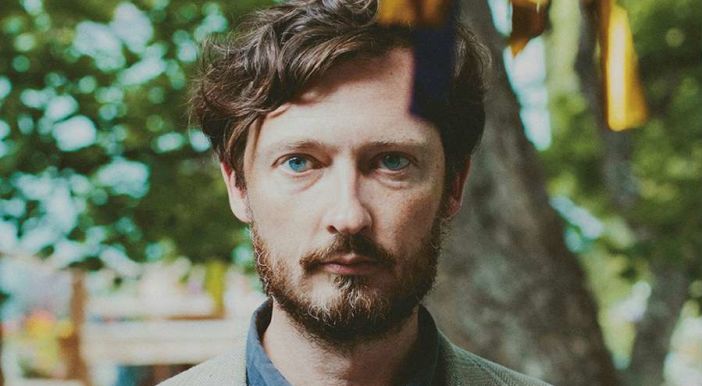
Dustin Guy Defa is the director, writer and editor of Person to Person, which screened at Locarno Film Festival and shares its name with an earlier short made in 2014. We talked to Dustin about what he has learnt from a career making short films, and how he applies those lessons to making a feature-length movie, as well as the compassionate moral values at the core of Person to Person.
Hi! Thank you so much for chatting with us. We really enjoyed Person to Person. The film is set in New York and “New York films” has almost become a genre in itself. Do you have a particular favourite? Or perhaps one that served as an inspiration?
That’s interesting. I think it was just living in New York that I would call the inspiration. I’m sure that I am subconsciously influenced by other New York movies but there are so many great ones I don’t know how to pick a favourite. If I say one I will immediately think of another. Right off the top of my head – Husbands and Wives – but I know that’s not quite it, although it is one of my favourite movies. Maybe After Hours?
Did the soundtrack inspire the script or vice versa?
Well I always knew that I was going to have a lot of soul music in the movie. Bene is a close friend of mine and he is the heart of the movie and he is a very big soul person so… I knew it was going to have a lot of soul music. I also knew that I wanted the Charlie Parker song [Bird Blows the Blues]. I had aspirations of different songs from soul music but our budget limited us to one catalogue from Numero group so I worked for quite a while to get all the right songs in the movie from their very extensive soul catalogue.
You mention working within the constraints of the budget – was that the reason for you acting as director, writer and editor or is that the level of control at which you feel most comfortable working?
Definitely writing and directing. Working as the writer and director means that I will always work as an editor in a way because I will constantly be editing the movie in my head. In this instance I made the choice to edit the movie but perhaps I won’t do that again – it’s just such a difficult and lonely process in many ways. The moment I had a couple of other people join later in the edit was a breath of fresh air. It was so helpful that from now on I want to work with an editor right away rather than doing it all by myself.
Were there lessons you took from the shorts that you’ve made that you applied to making this film?
With the shorts I was learning a lot about editing and learning a way of working. It’s always best to keep working and keep directing. I’m always thinking about back in the old days of Hollywood where directors made so many movies – they would make up to 30 movies or something until they actually had a hit – and these guys just worked so much they got to hone their directing skills. These days you don’t get the chance to direct quite so much. I’ve written a lot, because it’s free to write, so honing writing is what I’ve been doing for a while and directing shorts has been a way of building my craft with directing.
Why did you decide to shoot on 16mm film?
I shot two of my shorts on 16mm and film is my favourite thing. In this case it just seemed to fit the mood of the movie to me. It has a certain liveliness and warmth that I wanted the characters to have too, as well as a texture that is a little more out of control – which I like. It’s not an imperfection but it gets to do what it wants to do a little more.
Where did the inspiration for the stories themselves come from?
Bene is inspired by Bene. He even owns a record shop and music and record collecting really is his art. He has a speech about music, which is definitely his motto of life. Aside from that, the other characters are fictional but are slices of me for sure, or desires I’ve had or mistakes I’ve made. Everybody is really based on their basic desire to connect to another person on different levels. In my life I’ve experienced a lot of those levels – as have many people – so that’s what I was exploring.
There is some excellent chemistry between the cast members. Particularly, for me, was the relationship between Abbi Jacobson and Michael Cera – did you have them in mind from the beginning?
No I didn’t have them in mind at all. I didn’t know when I was writing what kind of cast I would end up with. Michael didn’t pop into my head until a little bit later. Abbi on the other hand was actually the second person on the movie – Bene being the first. After Abbi came Tavi [Gevinson] and Ben [Rosenfield]. Michael only came on when we were about two or three weeks away from shooting. Obviously I was very excited because I am such a fan of these actors.
Did you have any unpredicted challenges on set?
We knew going into production that it was going to be hard because it was an ambitious movie. Generally speaking it is smart to limit your locations in a small movie – especially shooting in New York. We knew that because of how many locations and characters we had that it would be hard on how many days we had to shoot. Some days would be easy and so much fun, others would be hard and difficult.
Do you have a favourite storyline?
Not necessarily. From the beginning Bene was the inspiration for the whole movie because of who he is, his moral code and the way he values other people and friendship. So that certainly was the main starting point.
So what is next for you?
I’m just right in the middle of writing the next movie, which I hope to shoot next year.
Is it also set in New York?
Nope! I don’t know where it’s set – I haven’t decided on a place, but it’s a small town.
Miranda Slade
Person to Person does not have a UK release date yet.
Read our review of Person to Person here.
For further information about Locarno Film Festival 2017 visit here.



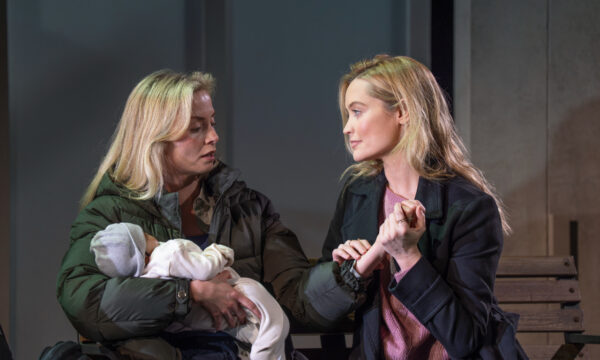
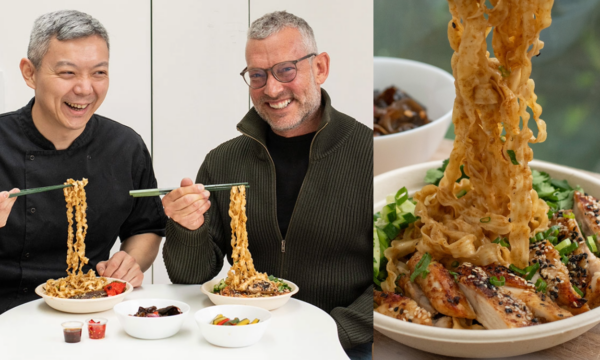
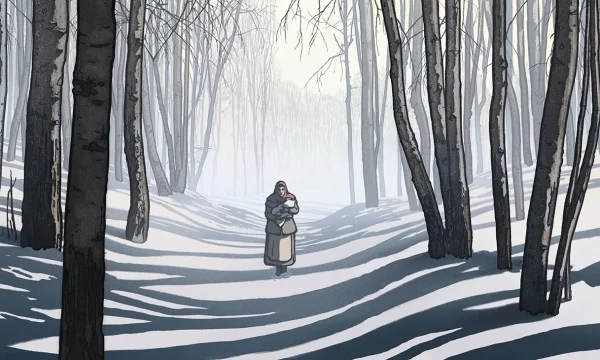
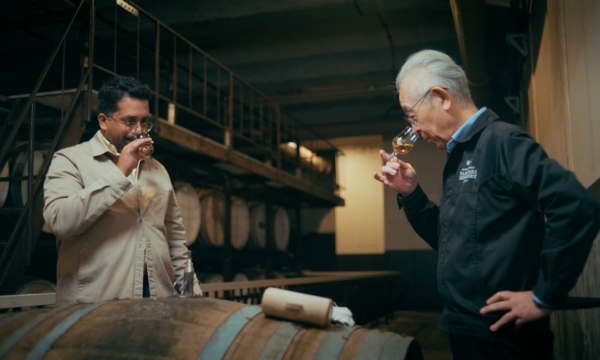
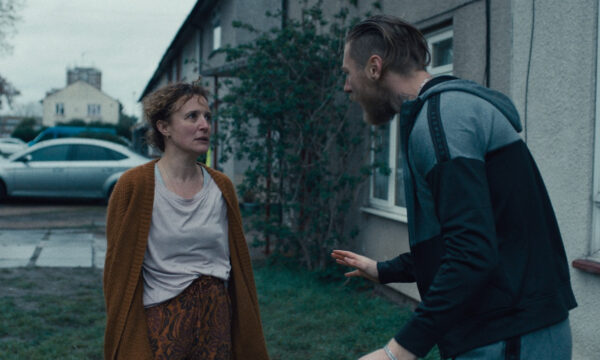
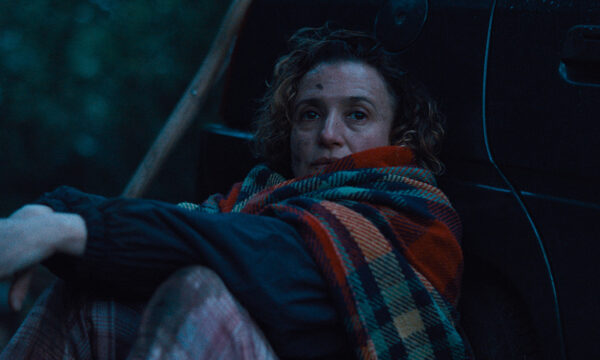








Facebook
Twitter
Instagram
YouTube
RSS